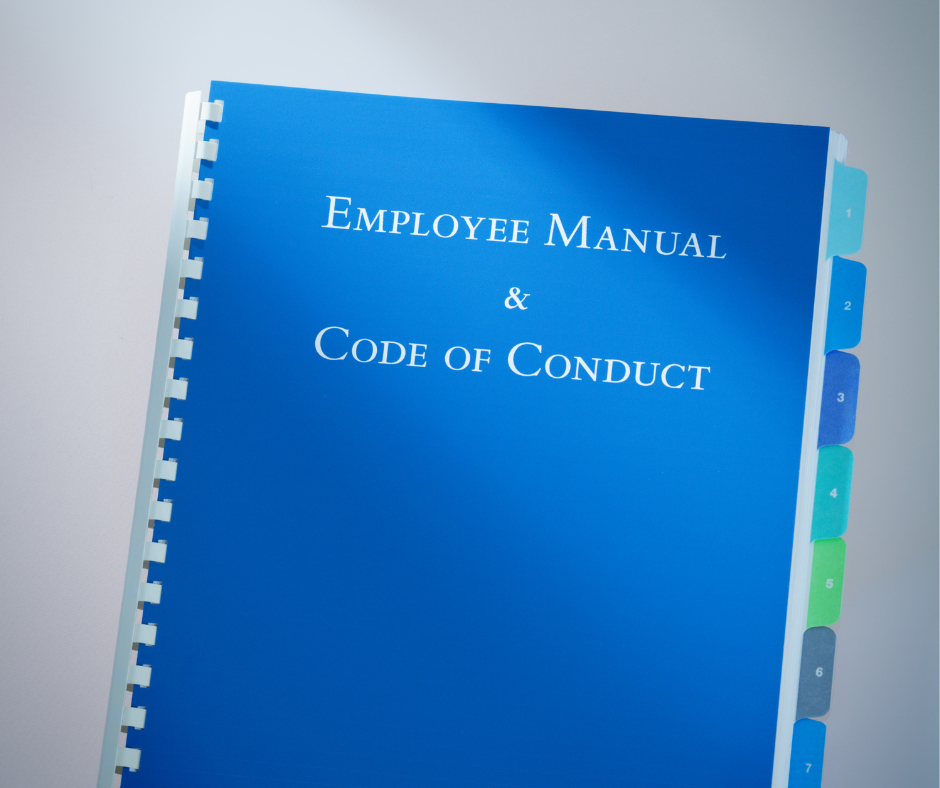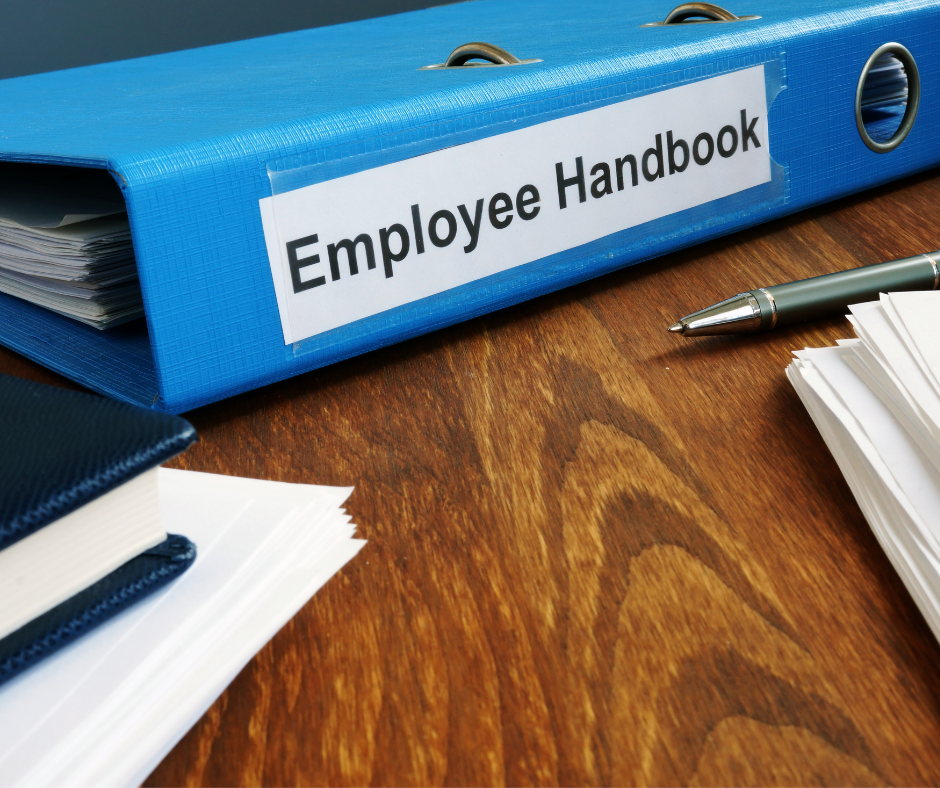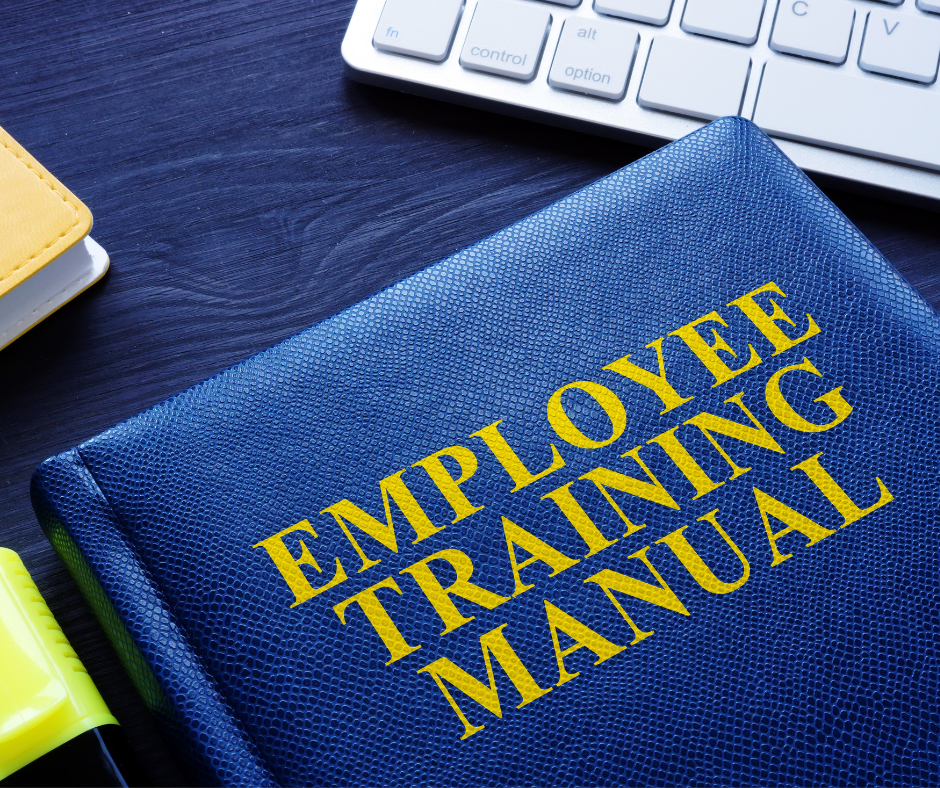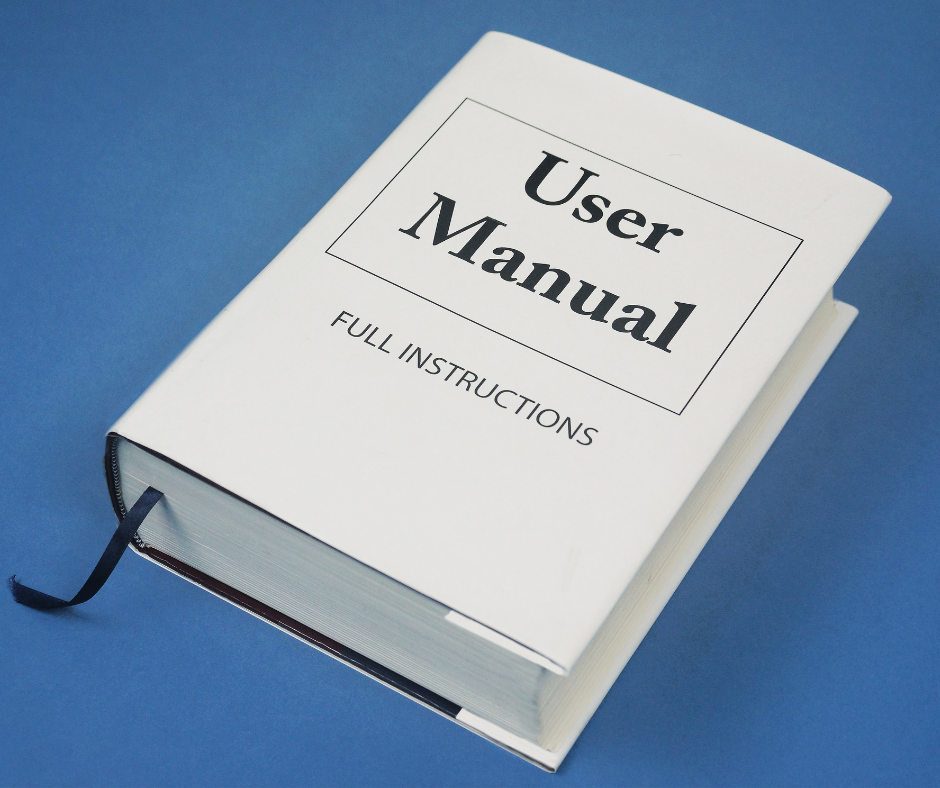
Key Takeaway:
- Employee handbooks provide legal protection: Agriculture, forestry, fishing, and hunting companies should have an employee handbook in place to provide legal protection in case of disputes. The handbook should clearly state the rights and responsibilities of both the employer and employees.
- Employee handbooks establish clear communication and expectations: Handbooks enable companies to establish clear communication and expectations with their employees. This helps in operational efficiency and facilitates transparency in the workplace. For crop production companies, having an employee handbook tailored to their specific needs can help ensure compliance with regulations and safety protocols.
- Employee handbooks promote consistency in company policies: An employee handbook ensures that employees understand company policies and are aware of any changes made to those policies. This helps in promoting consistency and fairness in company policies across all employees.
If you’re the owner of an Agriculture, Forestry, Fishing and Hunting company, you need a comprehensive guide to ensure smooth and effective management within your organization. This article offers advice on creating employee handbooks for natural resources and mining companies that will ensure your business thrives.

Importance of Employee Handbooks
Employee handbooks are essential for maintaining smooth operations in agriculture, forestry, fishing, and hunting companies. They provide a comprehensive guide on company policies, procedures, and employee expectations. These handbooks are crucial for establishing clear communication, minimizing misunderstandings, and improving employee satisfaction. In addition, they ensure legal compliance and minimize legal risks. The employee handbook serves as an essential resource that helps employees understand their rights and responsibilities to help them succeed in their roles. To create an effective handbook, employers must use language that is clear, concise, and unambiguous. The handbook should explain the company’s values, mission, and goals. It should detail policies, including discrimination and harassment prevention, employee benefits, and leave policies. Employers should also explain the disciplinary process, job descriptions, performance expectations, and safety guidelines. By following these guidelines, employers can establish a positive workplace culture and retain their employees in the long term. For mining, quarrying, and oil and gas extraction companies, having a comprehensive employee handbook is especially important to ensure safety in hazardous work environments. Creating a handbook requires time, effort, and resources, but the benefits are well worth it. For instance, providing employees with a handbook ensures a seamless onboarding process. In addition, it enhances employee understanding of their roles and expectations, which promotes productivity and efficiency. It also fosters a positive company culture by providing all employees with the same information and expectations, promoting a fair and consistent work environment.
One real-life example of the importance of employee handbooks is a fishing company that failed to provide a handbook to its employees. Employees faced many challenges, including misunderstandings, unsafe work conditions, and legal issues. Unfortunately, the company couldn’t address these problems since there were no written policies or guidelines. This led to low employee morale, high turnover, and legal liability.

Key Elements to Include in an Employee Handbook
The crucial elements to include in an employee handbook are essential for agricultural, forestry, fishing, and hunting companies to implement consistent policies and procedures. Firstly, the handbook should clearly state the company’s mission and values. Secondly, it should explain the policies and guidelines that employees must follow, such as attendance, safety, and harassment. Thirdly, it should describe employee benefits, including healthcare, time off, and retirement. Lastly, it should outline disciplinary procedures and consequences for employee misconduct.
In addition to the above, it is recommended to include training protocols, employee performance reviews, and emergency procedures in the handbook. By providing clear guidance, an employee handbook protects both the company and its employees.
According to a source from SHRM, a well-crafted employee handbook can also improve employee productivity and engagement by setting expectations and creating a sense of belonging.

Tips for Creating Effective Employee Handbooks
Tips for Crafting Effective Employee Handbooks: Creating an effective employee handbook is crucial for animal production companies. It provides clear and concise information about company policies and expectations, protects both the employer and employees, establishes legal compliance and strengthens company culture. Here are six tips for crafting employee handbooks for agriculture, forestry, fishing and hunting companies:
- \n
- State the company’s mission and values
- Include clear policies and procedures
- Establish communication guidelines
- Comply with relevant laws and regulations
- Ensure consistency and avoid ambiguity
- Regularly update and review the handbook
Your handbook should outline the company’s unique policies and culture, including important benefits and perks. It’s also a good idea to include a well-defined chain of command and readily available communication channels for employees to express their concerns. Remember, an employee handbook is a living document and should be updated regularly to keep up with changing policies and regulations.
While employee handbooks have been around for decades, they have evolved considerably over time. Early employee handbooks were often very formal and bureaucratic, but today’s handbooks tend to be more welcoming, informative, and conversational. Creating a comprehensive employee handbook is not just a mandatory task but also an opportunity for companies to connect with their employees and set the tone for their workplace culture.
Five Facts About Employee Handbooks for Agriculture, Forestry, Fishing and Hunting Companies:
- Employee handbooks for forestry and logging companies often cover safety protocols for working with heavy machinery and hazardous materials. It’s important to have employee handbooks for forestry and logging companies that address these specific concerns. (Source: Agricultural Safety and Health Council of America)
- Handbooks may also include guidelines for environmental conservation practices and sustainable resource management. (Source: Forestry and Natural Resources Extension Purdue University)
- Many companies in these industries have unique seasonal staffing needs, and employee handbooks may address hiring and layoff procedures accordingly. (Source: National Council of Agricultural Employers)
- Handbooks often outline the company’s policies on hunting and fishing practices, including compliance with state and federal regulations. (Source: State of Indiana Department of Natural Resources)
- In addition to outlining policies and practices, employee handbooks may also include information on employee benefits, such as health insurance and retirement plans. (Source: Agriculture Workers Alliance)
FAQs about Employee Handbooks For Agriculture, Forestry, Fishing And Hunting Companies
What is the purpose of Employee Handbooks for Agriculture, Forestry, Fishing and Hunting Companies?
Employee handbooks for agriculture, forestry, fishing and hunting companies serve as a guide for employees and employers to establish and maintain expectations, policies, benefits, and company culture. It outlines company policies, procedures, and expectations to ensure employees have a clear understanding of their responsibilities and rights.
Can Employee Handbooks for Agriculture, Forestry, Fishing and Hunting Companies be customized?
Yes, employee handbooks for agriculture, forestry, fishing and hunting companies can be customized to fit the specific needs of the company and its employees. Each company is unique and has different policies and procedures, so it’s essential to have a handbook tailored to the specific organization’s needs.
What are the essential components of an Employee Handbook for Agriculture, Forestry, Fishing and Hunting Companies?
The essential components of an employee handbooks for agriculture, forestry, fishing and hunting companies may include policies on attendance, safety rules, harassment policies, compensation and benefits, vacation time, and work schedules. Other essential elements may include a code of conduct, social media policies, and procedures for handling complaints.
How often should an Employee Handbook for Agriculture, Forestry, Fishing and Hunting Companies be updated?
Employee handbooks for agriculture, forestry, fishing and hunting companies should be regularly reviewed and updated at least once a year, or when there are substantial changes or updates to the company’s policies or procedures.
Why is an Employee Handbook for Agriculture, Forestry, Fishing and Hunting Companies important?
An employee handbooks for agriculture, forestry, fishing and hunting companies is important because it sets clear expectations for employees and standardizes the company’s approach to various employment issues that may arise. It also protects the company from liability by clearly outlining workplace policies and regulations.
How can I create an Employee Handbook for Agriculture, Forestry, Fishing and Hunting Companies?
To create an employee handbooks for agriculture, forestry, fishing and hunting companies you should consult with HR professionals, legal experts, and senior management. Start by identifying the company’s needs and objectives and what policies and procedures should be included. Once you have a draft of the handbook, ensure that it aligns with state and federal labor laws, and have an attorney review it before distribution.